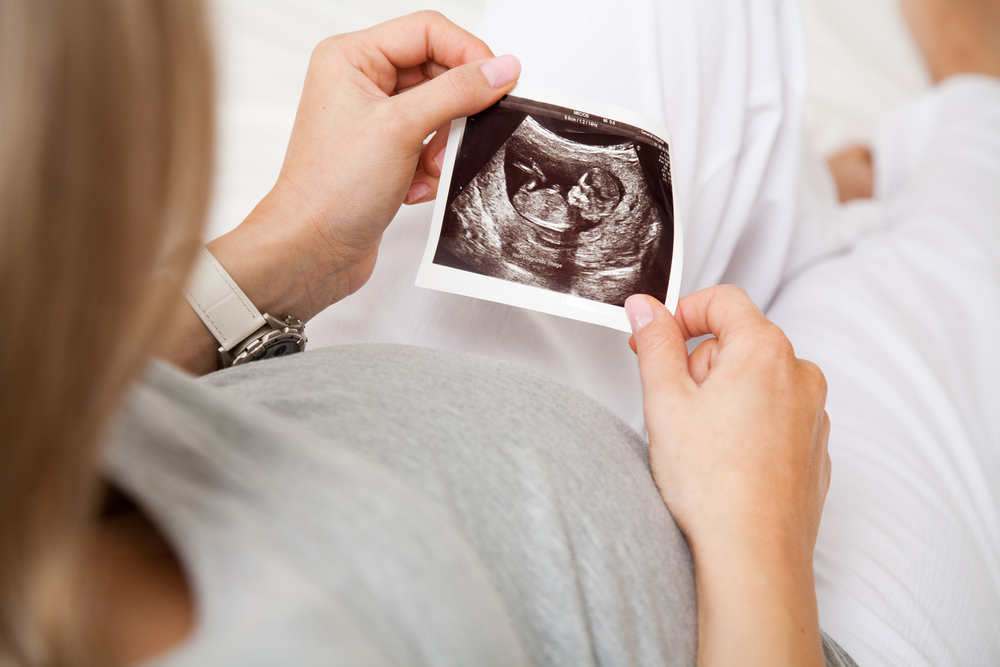Don’t do this, don’t do that. With all the pregnancy advices out there, it’s tough to figure out what to believe in. Learn and educate yourself about the various pregnancy myths you must not trust.
The experience of pregnancy for a woman in the modern times has changed quite a bit due to the transformation in technology and medicine. You can easily find out the weight of your baby, the amount of fluid in your uterus, the sex of your child and many other things before birth by means of prenatal medical testing. Yet, pregnancy continues to arouse its own range of myths and tales. Almost everybody you know would be ready with their edition of what is to be done and what is not to be done. However, though many of these might be true, many are just myths. Here is a list of the common pregnancy myths and the concrete realities:
Myth 1: One of the most familiar pregnancy myths is the shape of a woman’s stomach. It is believed that if a woman is carrying high, it is a girl and if she is carrying low, by all possibility it is a boy.
Fact: Professionals say there is no scientific reason for this supposition and it is the woman’s muscle structure, size, the position of the foetus, the amount of fat deposited around her abdomen and her posture on which the size and shape of a pregnant belly depends.
Myth 2: If you get cravings for salty foods that means you’re having a boy. Craving for sweet foods is a sign of a girl. Fact: Researchers have demonstrated that your cravings have nothing to do with determining the sex of your baby.
Myth 3: Another pregnancy myth is that the sex of the baby can be predicted by holding a cord (string) with a ring in it over a pregnant tummy. If it moves back and forth it indicates that it’s a boy and if it moves in a circle, it is a girl.
Fact: While there is no truth to it, you could perhaps do it for a good laugh.
Myth 4: If heartburn occurs during your pregnancy, this indicates that your baby will be born with oodles of hair.
Fact: Heartburn is a regular trouble for pregnant women and has nothing to do with the quantity of hair your child is going to be born with. Studies show that even women who suffered a lot from heartburn have greeted bald babies.
Myth 5: You will have an easy pregnancy and delivery if your mother had the same.
Fact: Hereditary factors do not have any role in predicting how painless or hard your pregnancy and delivery will be. In fact, the size of your baby, your diet and lifestyle are important facts in determining how things will be.
Myth 6: Sleeping or resting on your back will hurt your baby.
Fact: While you won’t harm your baby if you sleep in this position, you will feel better if you sleep on your side. Healthcare specialists recommend sleeping on the left side of your body since it increases the flow of blood to your uterus and placenta.
Myth 7: Having sex might hurt the baby.
Fact: There are seven layers of skin between the abdominal wall and the amniotic sac in order to protect your baby. During pregnancy your cervix lengthens and hardens to prevent anything from getting into the uterus, and it also fabricates mucus to keep the area clean and free from infection. Having sex cannot anyhow reach, touch or harm your baby. If your doctor has not instructed you to refrain from sex, have no fear and go ahead.
Myth 8: First babies always arrive late.
Fact: While this is true to an extent since about 60 percent of them arrive after their due date, five per cent on the due date and 35 before the due date, what really influences the arrival of your baby is the length of your menstrual cycle. If it is shorter, there are more possibilities of you delivering early. If your cycle is longer, your baby will arrive later and if your cycle usually lasts 28 days, you will more likely deliver close to your due date.
Conclusion
The bottom-line is that eat well and follow a healthy lifestyle but wisely and there will be absolutely no reason to worry. When you know the real reasons and science behind these pregnancy myths it can all be taken in good humour.
Also Read: Healthy pregnancy diet



